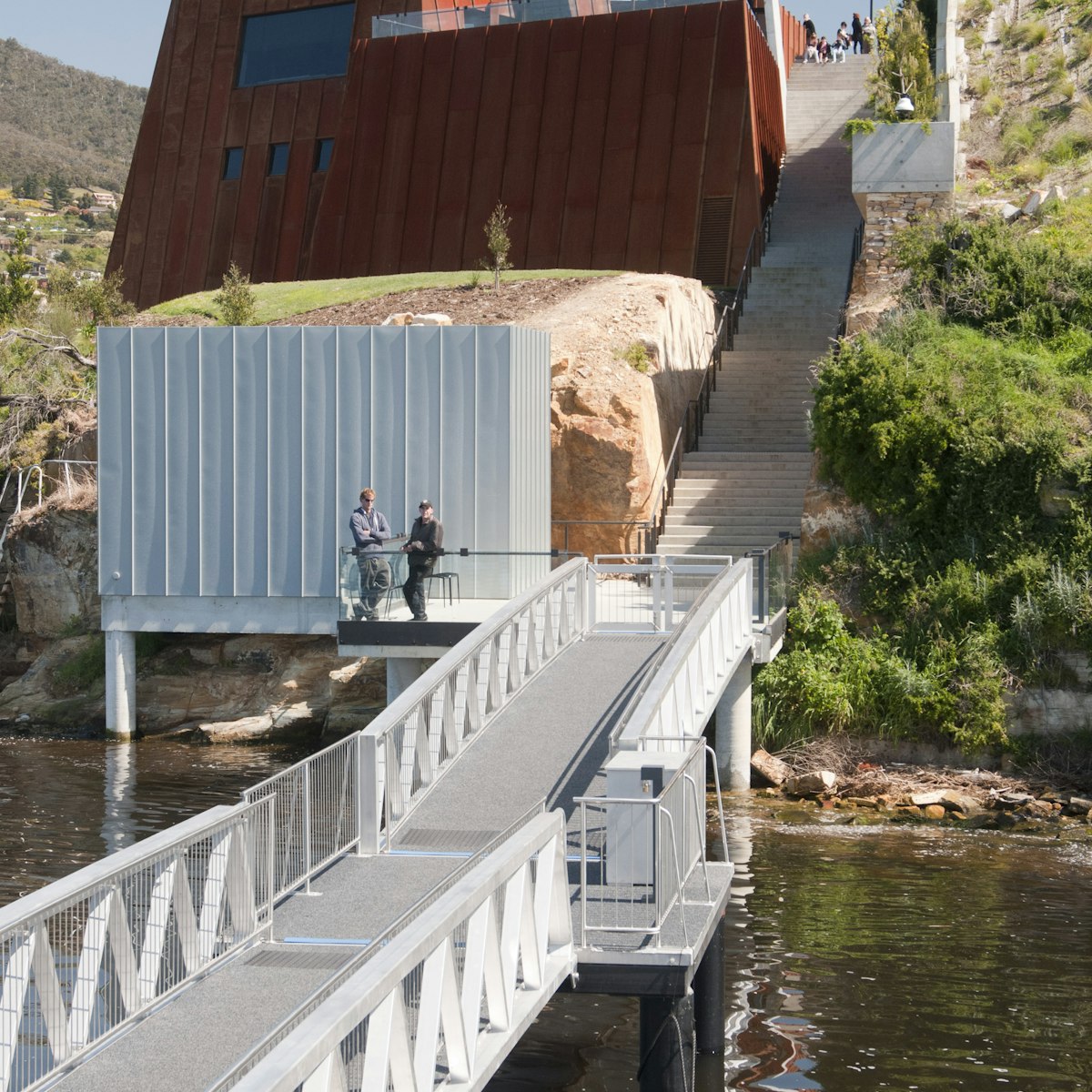Hobartians flock to the city’s waterfront like seagulls to chips. Centred on Victoria Dock (a working fishing harbour) and Constitution Dock (full of floating fish punts and the odd wayward seal), it’s a brilliant place to explore. The obligatory Hobart experience is to sit in the sun, munch some fish and chips and watch the harbour hubbub. If you’d prefer something with a knife and fork, there are some superb restaurants here too – head for Elizabeth Street Pier or Mures.
Celebrations surrounding the finish of the annual Sydney to Hobart Yacht Race revolve around Constitution Dock at New Year. The fab food festival Taste of Tasmania, inside Princes Wharf, is also in full swing around this time. There are so many people around the waterfront, Hobart could be Monaco! Almost… The city's New Year’s Eve fireworks also draw a crowd to the waterfront.
Hunter St has a row of fine Georgian warehouses, most of which comprised the old Henry Jones IXL jam factory. It’s occupied these days by the University of Tasmania's Art School and the uber-swish Henry Jones Art Hotel, both retaining their original heritage facades. The fab MACq 01 hotel is here too, breathing new life into an old wharf building.
Most of the Hobart waterfront area is built on reclaimed land. When the town was first settled, Davey St marked the shoreline and the Hunter St area was an island, used to store food and imported goods. Subsequent projects filled in the shallow waters and created the land upon which Hunter St and Salamanca Pl were constructed. On Hunter St, look for the markers indicating the position of the original causeway, built in 1820 to link Hunter Island with the long-since-demolished (and debauched) suburb of Wapping.





